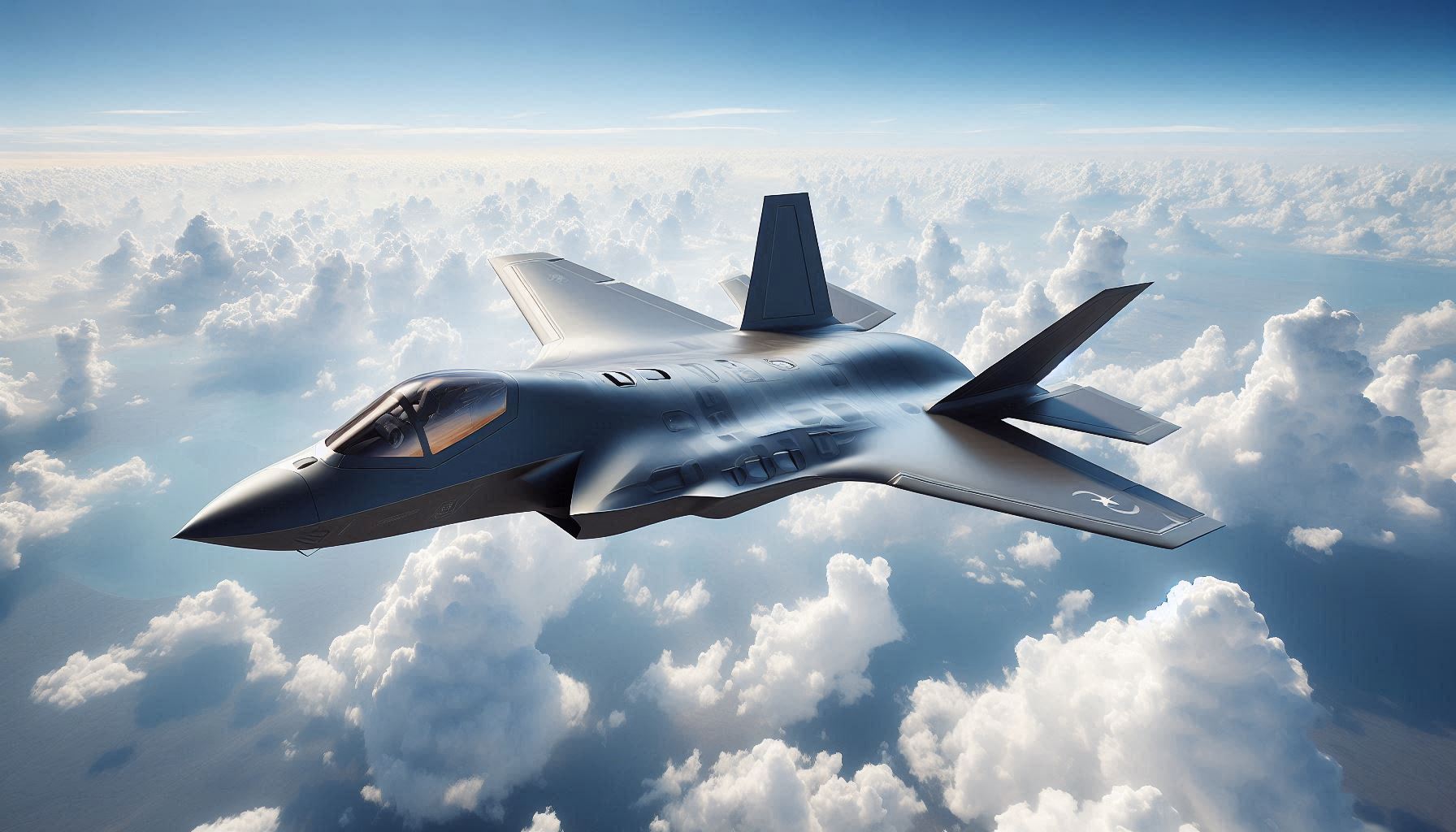In a major development that underscores the growing defense partnership between Pakistan and China, reports have emerged confirming Pakistan’s plans to acquire the Chinese-made J-35A fifth-generation stealth fighter jets. This acquisition, once finalized, will not only enhance the operational capabilities of the Pakistan Air Force (PAF) but also signal a strategic shift in regional air power dynamics.
What Is the J-35A?
The Shenyang J-35A, also known as FC-31, is China’s indigenously developed fifth-generation stealth fighter jet. Designed for both land-based and carrier-based operations, the J-35A is equipped with advanced avionics, stealth technology, super maneuverability, and long-range strike capabilities. Though still in its developmental and testing phase for full deployment in the People’s Liberation Army Air Force and Navy, China has now offered the platform to key strategic allies.
Pakistan’s Purchase: What We Know
According to recent defense sources and reputable media outlets, Pakistan is expected to acquire up to 40 J-35A fighter jets from China, making it the first foreign customer of the platform. Deliveries are expected to begin within the next two years.
In preparation for the induction of this sophisticated aircraft, Pakistan Air Force pilots are currently undergoing training in China. The training program reportedly focuses on operating stealth technology, multi-role missions, and integration with Pakistan’s existing air defense network.
READ MORE: Is Israel Preparing to Strike Iran’s Nuclear Sites? A Looming Threat Amid Failed US-Iran Talks
Is There a 50% Discount?
While several social media posts and speculative reports claim that China is offering the aircraft to Pakistan at a 50% discount, there is no official confirmation of such a pricing arrangement from either government or credible international sources like CNN. As of now, the claim regarding the discount appears unsubstantiated. However, it is worth noting that defense sales between China and Pakistan have historically involved favorable terms, including soft loans, joint production, and long-term strategic partnerships.
Strategic Implications
The acquisition of the J-35A would represent a significant leap forward for the PAF, which currently relies on a mix of F-16s, JF-17s, and older legacy platforms. Here’s how the deal could reshape regional military balance:
Enhanced Stealth Capabilities: The J-35A’s stealth profile gives Pakistan an edge in potential conflicts, particularly in contested airspaces where detection is critical.
Technological Edge Over Adversaries: With India already inducting Rafale jets and developing its own fifth-generation programs, the J-35A helps Pakistan keep pace in the regional arms race.
Stronger China-Pakistan Military Ties: This deal solidifies the already robust defense cooperation between Islamabad and Beijing, which also includes the JF-17 Thunder co-production and strategic naval projects.
Potential Challenges
Despite the promise, there are challenges:
Integration with Existing Fleet: Fifth-generation fighters require new infrastructure, data link systems, and logistics that could take time to develop in Pakistan.
Maintenance and Dependence: Long-term operational readiness will depend heavily on China’s continued support and supply chain.
Regional Tensions: India and Western allies may view the move as escalatory, potentially triggering further military acquisitions or doctrinal shifts in South Asia.
Conclusion
The reported acquisition of the J-35A stealth fighters marks a bold move by Pakistan toward future-ready air power. If finalized, this will be the country’s first fifth-generation aircraft and a testament to the strategic depth of Sino-Pak defense ties. However, until an official statement is released confirming the purchase terms, including any discounts, such claims should be treated with cautious optimism.


